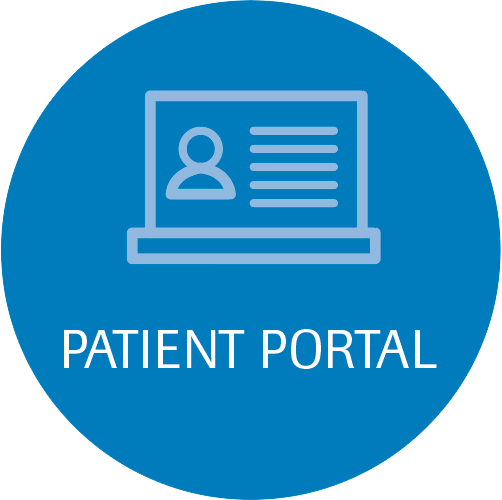What is a Venogram and what does it do?
A venogram is an X-ray test that takes pictures of blood flow through the veins in a certain area of the body.
During a venogram, a special dye (contrast material) is put into your veins so they can be seen clearly on an X-ray picture. A venogram looks at the condition of your veins and the valves in your veins.
Why is it done?
Venography might be done to:
- Check the blood flow in veins.
- Find the right placement in blood vessels for medical devices such as filters.
Who performs the test?
The examination is performed by a doctor specially trained in Radiology (Radiologist) and a licensed Radiologic Technologist RT (R).
Where does it take place?
At Jackson Hospital in the Radiology Department.
How long does it take?
Approximately 30 minutes to an hour.
What can I do to make it a success?
- Bring your orders with you when you come for your x-ray.
- If you are pregnant, please let your physician know BEFORE you come to hospital for your study.
- Be sure to follow any preparation instructions you were given.
- It is recommended that you wear loose, comfortable clothing for the exam. You will need to remove any metallic objects that may be in the path of the x-ray beam (belts, zippers, piercings, etc). To reduce the risk of valuables being lost, it is recommended that they be removed prior to entering the exam room or simply left at home.
What should I do before the exam?
We need a recent Creatinine (within 30 days) if you are 50 years of age or older. This is a lab draw and can be done prior to your study.
Our x-ray I.V. contrast contains iodine. If you are allergic to iodine, contact your physician. Your exam may need to be changed.
What happens during the exam?
- First, the technologist will explain the exam and may ask you historical questions that aid in obtaining a more diagnostic exam. You will be asked to sign consent for prior to your procedure.
- You may be asked to change into a hospital gown.
- You will be asked to lie on a padded exam table (usually on your back). The doctor will speak to you prior to your study and answer any questions you might have.
- For an arm or leg venogram, you will be asked to relax the arm or leg and keep it still during the X-rays. An elastic band will be put around your ankle (for leg venogram) or wrist (for arm venogram) to make the veins of the foot or hand fill with blood. The dye will be put in a vein (IV) on the top of your foot or the back of your hand.
- After the dye is put in, a series of X-rays is taken of each section of the arm or leg or pelvis. Your arm or leg may be placed in several different positions so that X-rays from different views can be taken.
What should I do after the exam?
The radiologist will review your image(s) and a final report will go to your ordering physician in 24–48 hours.
Contact Information:
Hospital (main operator): (850) 526-2200
Radiology Department: (850) 718-2580





